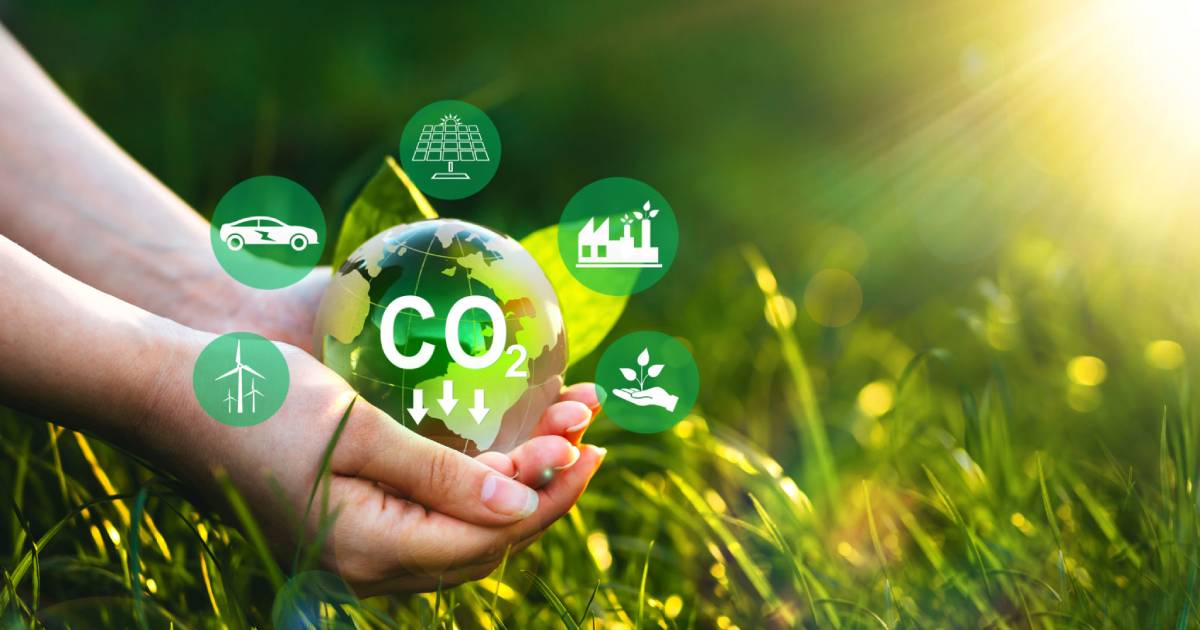As the world is transitioning to green manufacturing and facing campaigns on climate change, countries are pushing harder to meet the demands to build a green environment while limiting carbon production.
This initiative does not come at a cheap price. This dramatic shift leads to greenflation – the rise of price materials to create renewable technologies.

What is greenflation?
Greenflation is the unintended by product of the creation process ofe a greener economy. This includes the rise of minerals and metal prices, such as copper and aluminum, which are essential parts of solar power, electric cars, and other forms of renewable technologies.
What are the impacts of greenflation on manufacturing?
Increasing prices
The result of green manufacturing is the rise of sustained prices across the global supply chain. From raw materials to green technologies – these are the driving forces of price increases as a part of the effort to cut down carbon emissions.
Commodities boom in minerals
Most green manufacturing technologies need an incredible amount of minerals and metals. Electric vehicle, for instance, uses six times more minerals than traditional cars. Wind turbines and solar power – all of these green technologies need a high concentration of minerals such as aluminum, copper, and lithium. The increasing demand for these materials is part of the concept.
More fossil fuels consumption
During the transition period, more oil consumption is inevitable. However, the regulations have not yet been settled for fossil fuels. The increase in oil price is not aligned with the investments in hydrocarbon.
More challenges for businesses
The government policy towards sustainable production could be challenging for businesses to balance all of the considerations such as labor, public finances, technologies, and equity. These are part of the main constraints which could lead to more difficulties in balancing society, employers, customers, and many others.
There are consequences to building a greener environment. Government and its effort to build a circular economy need to consider balancing the policies in the old and new economy while making the transition.

How does Indonesia face the greenflation challenge?
The country’s major concerns about the unintended result in natural resource consumption, and rapid growth in the economy, have led to the effort of utilizing science and technology to create a sustainable environment.
Indonesia’s government has so far taken the integrated approach to achieve sustainable development by taking a pivotal role in creating policies that can fund opportunities for green business investors, while ensuring the implementation of green growth activities.

